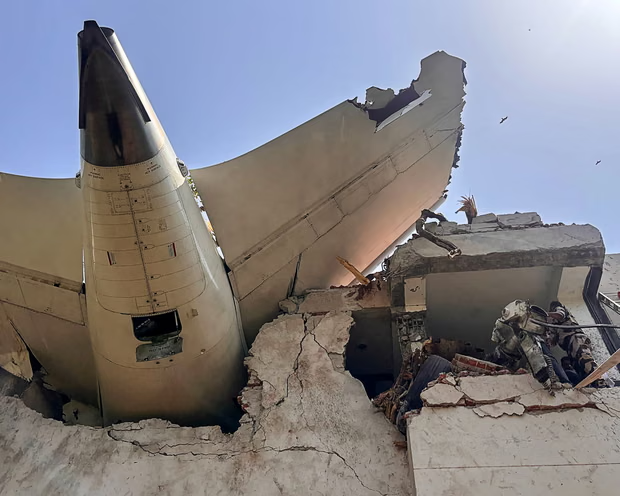
India’s first dedicated solar observation mission, Aditya-L1, has achieved a significant breakthrough in tracking a coronal mass ejection (CME), offering valuable data that could help protect Earth’s infrastructure from future solar storms.
The Visible Emission Line Coronagraph (Velc), a key instrument onboard Aditya-L1, captured data on July 16th that allowed scientists to precisely determine the time and origin of a CME. CMEs are massive explosions of energy and charged particles from the Sun’s outer atmosphere that can disrupt Earth’s magnetic field and cause widespread technological disruptions.
Professor R Ramesh of the Indian Institute of Astrophysics, who designed Velc, explained the potential impact of CMEs, stating, “Imagine this huge fireball hurtling towards Earth. At its top speed, it would take just about 15 hours to cover the 150 million km Earth-Sun distance.”
The CME tracked by Velc originated on the Earth-facing side of the Sun but was deflected within half an hour, ultimately posing no threat to Earth. However, solar storms and CMEs routinely affect Earth’s space weather, potentially disrupting satellites, power grids, and communication systems.
“Today our lives fully depend on communication satellites, and CMEs can trip the internet, phone lines, and radio communication,” Professor Ramesh emphasized. “That can lead to absolute chaos.”
Aditya-L1’s ability to continuously observe the Sun, even during eclipses, provides a crucial advantage in monitoring and predicting solar activity. Its coronagraph, which artificially blocks the Sun’s bright surface to reveal the outer corona, offers a more comprehensive view than some other space-based observatories.
“With Velc, we can precisely estimate the time a coronal mass ejection begins and in which direction it’s headed,” Professor Ramesh explained.
By combining data from Aditya-L1 with observations from ground-based observatories in India, scientists aim to enhance their understanding of solar activity and develop better forecasting models to mitigate the potential impact of solar storms on Earth. This breakthrough represents a significant step forward for India’s space program and its contribution to global space weather research.
















Be the first to leave a comment